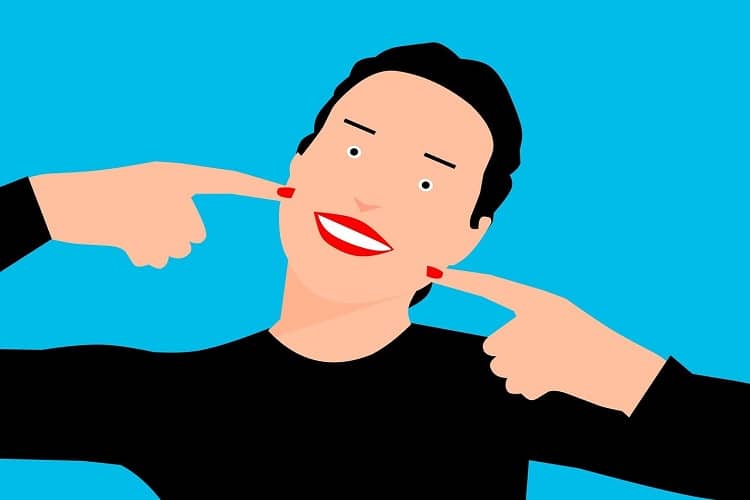
Managing the Treatment of Chronic Pain
Chronic pain can have many causes, but the effects are the same – a deep, unremitting pain that lasts beyond the acute stage of normal pain response. Chronic pain serves no useful purpose, but persists and becomes debilitating, affecting the quality of life of millions of people worldwide.
Obtaining a diagnosis can be a lengthy process because there are so many tests to run and procedures to carry out to eliminate possible causes, so patients can be crippled with pain by the time they receive any targeted treatment. By this time, pain relief has become the top priority for patients, and the prescription of opioids has been used extensively to treat intractable pain. However, with the problems of opioid abuse coming to light recently, this could be a catalyst for a change in prescribing, with the result that alternative treatments will be more widely recognized.
In this article, you’ll learn how to manage and treat chronic pain.
What is causing the pain?

Chronic pain can be a result of a great many different triggers. Injuries, particularly inoperable back problems, are a significant cause, as are conditions that affect the nerves, degenerative diseases like arthritis, and conditions like fibromyalgia and complex regional pain syndrome. Given the number of possible causes, it may seem unreasonable to group sufferers of so many different conditions under one umbrella, but there are good reasons for this. Whether the precise cause of the pain can be pinpointed or not, the effects are similar, and the treatments used are also alike.
One of the common problems chronic pain sufferers encounter is the instinct to behave as they would with acute pain, shielding and protecting the area that’s hurting. This prolonged shielding doesn’t help the root cause of the pain, and can indeed lead to further physical problems, as well as bringing on lethargy and depression. Tackling this issue needs to become the first line of attack when treating chronic pain patients.
Dealing with the pain

The shielding reflex serves a purpose when you are in acute pain because the afflicted area does need to be protected. The reflex involves taking the weight off a leg or foot by limping, holding an arm close to the body, hunching over with the shoulders and back to protect the midriff, and tensing up when you think it’s going to hurt or someone’s going to touch you. In the immediate aftermath of an injury, this reflex is a useful mechanism for protecting yourself, but if it becomes long-term, it can increase suffering rather than protect from it.
Chronic pain emanates from the nerves in the affected part of the body, and tensing the muscles will only increase the pain signals the nerves are sending out. Any imbalance in a posture such as limping and hunching will start to put a strain on the rest of the body and lead to a worsening of the situation, so the whole body becomes painful. It can be hard to explain to patients that the way they feel they are protecting themselves is actually harming them and that the best thing they can do to help themselves is to relax and move as normally as possible.
The problem with opioids

There’s plenty of information available about opioid painkillers; the problem is that opioids can be highly addictive, which has led to the current problem with prescription drug abuse. Side effects will vary from patient to patient, but studies have shown that drowsiness is a common side effect that may affect people’s ability to drive.
In the UK, laws were passed to ensure anyone affected by opioids who commits a driving offense could be prosecuted, and many patients have been left unable to drive themselves around. One of the chief concerns about using opioids is that while they may be effective at relieving the symptoms of pain, their use does nothing to tackle the root causes.
Educating patients
To enable patients to overcome their aversion to the idea of easing their pain by using their bodies, the first step is to show them why this works and what they are actually doing by trying to protect the painful regions. If you can explain how the imbalance and the muscle tension are creating more strain on the body, they will be more likely to accept that they need to change. It can be frightening living with chronic pain, for several reasons.
For one thing, the only measure of how much pain you are in is your expression of how you feel, and many people with chronic pain worry that they won’t be believed, or that others won’t understand the depth of the pain they feel.
There is also the psychological stress of living with pain, being afraid that it will get worse, or that there is something more seriously wrong that hasn’t been picked up. All these fears, plus the low mood brought on by being unable to enjoy your life make patients very weary and despondent. When you feel so low, it can be hard to motivate yourself to do something that sounds like it will hurt. Specialist treatment centers can be very helpful in breaking through these psychological barriers and encouraging patients to see how physical therapy could help.
Physical and psychological therapy

To help chronic pain patients learn how to deal with their pain takes a three-pronged approach. The first part is to give them the knowledge and understanding of their condition. This will provide psychological tools to change their thinking in a positive way, which helps them believe they can cope and control the pain, rather than letting the pain ruling their lives.
Second, it is advised that sufferers are put on a program of suitable physical therapy, which could involve yoga exercises, pool exercises, relaxation, stretching, and posture and gait correction. The third stage is about learning how to adapt themselves to manage more easily in their everyday lives with the guidance of occupational therapists.
Something as simple as learning how to bend and reach correctly can ease and prevent the worsening of pain. This will also help patients to manage the everyday tasks in life and will give them hope and increased confidence.
Rather than reaching for the prescription pad, help chronic pain patients learn how to manage their pain in positive, liberating ways that will improve their quality of life and help reduce their reliance on prescription drugs.






